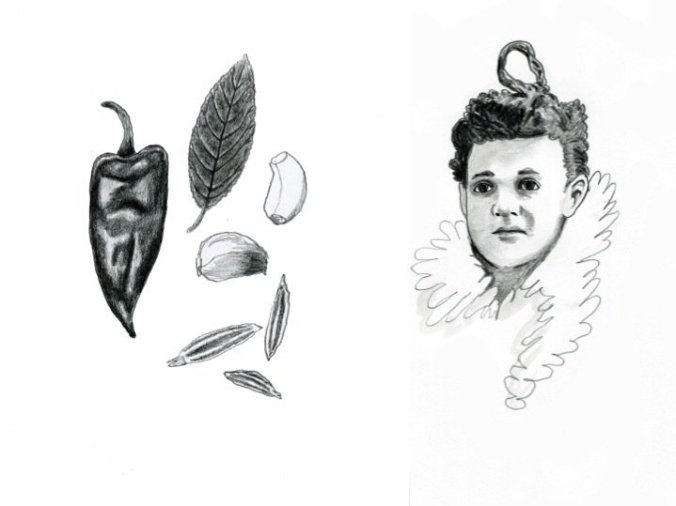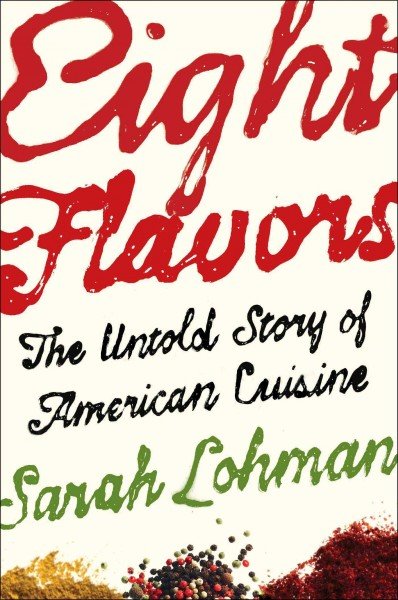
Japanese Chemist Dr. Kikunae Ikeda is credited with discovering MSG — one of the eight ingredients Lohman explores in her book. Peter Van Hyning
Thanks to the salt, at National Public Radio (USA) for this story, How Just 8 Flavors Have Defined American Cuisine, by Alan Yu, which also serves as a review for this book about the history of food in a country not thought to have its own cuisine:
Sarah Lohman has made everything from colonial-era cocktails to cakes with black pepper to stewed moose face. She is a historical gastronomist, which means she re-creates historical recipes to connect with the past.
That moose-face recipe dates back to the 19th century, and it wasn’t easy. She recalls spending hours trying to butcher the moose from Alaska in her kitchen in Queens, New York. She tried scalding the face in hot water to remove the fur, but it didn’t quite work and her apartment stunk of wet moose.
But “at the end of the day, people showed up and ate it, someone actually liked it, and then we ordered a pizza,” she says.
Spurred by her friends’ enthusiasm, she started a blog. “Every time I made something, a conversation would start. It was just this gateway … as soon as they were eating, they were asking questions,” she says. “They loved the good recipes and the schadenfreude of the bad ones.”
Lohman’s work got her wondering about the flavors that represent American cuisine and where they came from. That’s the subject of her new book, Eight Flavors: The Untold Story of American Cuisine.

“Chili powder spread across the country because of entrepreneurial Texan-Mexican women who fed soldiers and tourists, and a clever German immigrant who was looking for a culinary shortcut,” Lohman writes. Peter Van Hyning
She made a list of common flavors from many historical cookbooks, and used Google’s Ngram viewer to count how often the various flavors were mentioned in American books from 1796 to 2000. Eight popular and enduring flavors emerged: black pepper, vanilla, curry powder, chili powder, soy sauce, garlic, MSG and Sriracha.
“I didn’t so much choose the flavors that appear in this book, as discover them,” Lohman writes.
Researching the book “really upended my idea of these flavors that always stood on the shelf in my kitchen,” she says. “I would always pick up a pepper grinder or a bottle of vanilla extract and would never think about what it was and where it came from.”
Many historical recipes don’t exactly work now — like one for black pepper cake from Martha Washington. Lohman says the original recipe is “really gross” because it used as much ground spice as flour.
She reworked it for our modern tastes, and says more people should be open to adapting recipes to taste rather than following instructions to the letter.
“I find when I’m teaching cooking classes … my students are often afraid of doing something so massively wrong in the process of cooking that will be irrecoverable that they don’t even try in the first place,” she says. “I would love to get back to a world where we can be a little bit more relaxed and confident in the kitchen.”…
Read the whole review here.
